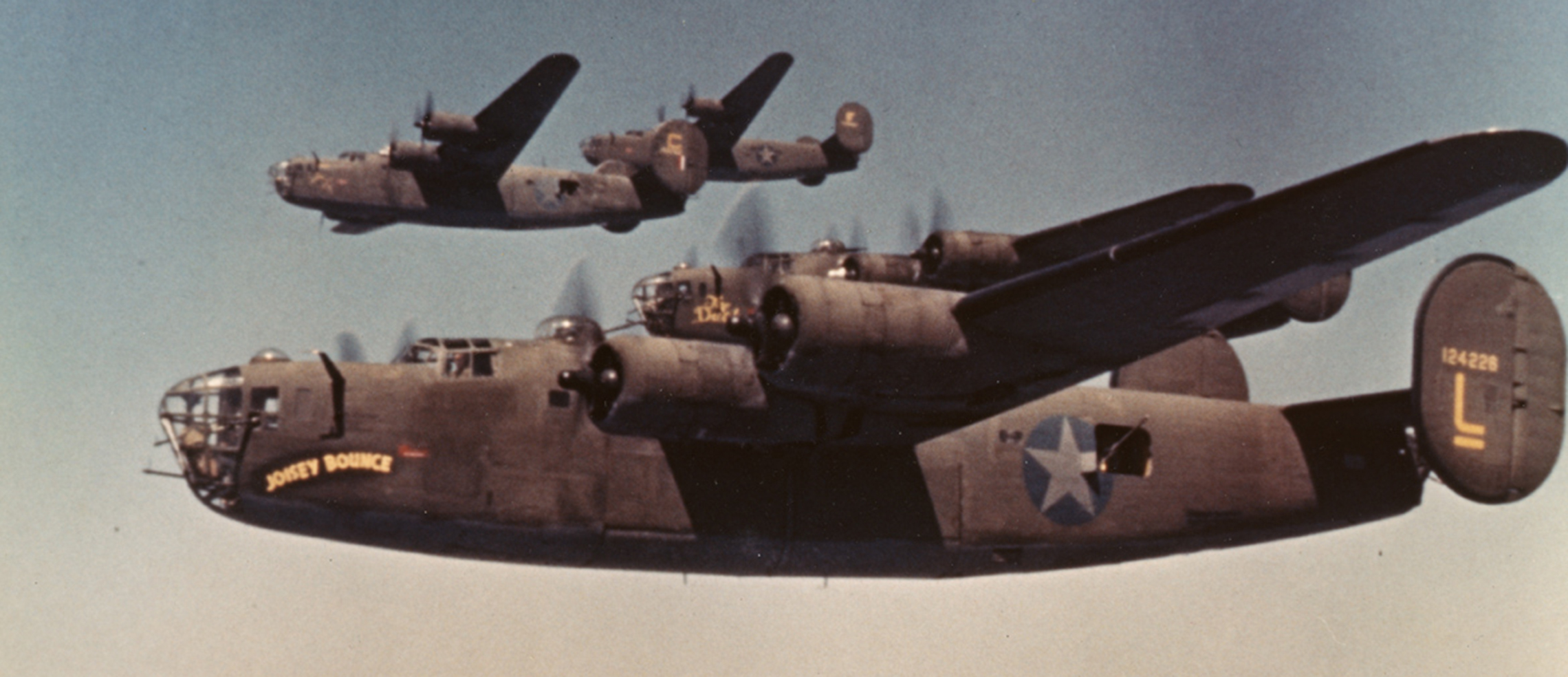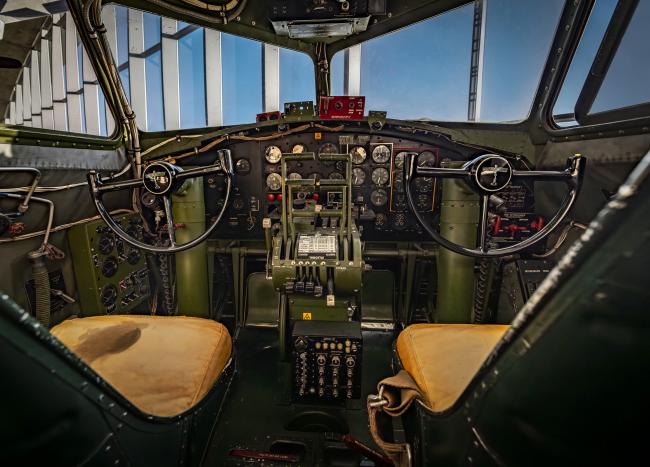
The B-24 Liberator: A symbol of US industrial might
The Consolidated B-24 Liberator was vital to the US's strategic bombing campaign during the Second World War. During the conflict, B-24s served with every branch of the American armed forces and in every theatre of the war. Built in larger numbers than any other US aircraft, the B-24 would become a symbol of the industrial might of the US war machine. At its giant Willow Run factory, Ford Motor Company employed mass production techniques to build 6,792 Liberators, while four other factories contributed to a production total of 19,256.
The B-24 first entered service with the RAF in 1941. During this time it proved to be an effective submarine hunter, playing an important role in the Battle of the Atlantic. Following America's entry into the war, a huge concentration of B-24s amassed in Britain, where they worked alongside the B-17 Flying Fortress as part of the Eighth Air Force's strategic bombing campaign. Squadrons of Liberators also served in Italy as part of the 15th Air Force, and in the Pacific, where the B-24's long-range capability came into its own.
As the B-17's running mate in the European Theatre, comparisons between the two bombers were inevitable. While the B-24 outperformed the B-17 in range, it was criticised for its handling ability and safety record, mainly owing to its low service ceiling, which left the bombers vulnerable to anti-aircraft fire. Its ungainly appearance was also a point of contention, with one B-24 navigator describing it as "the box the B-17 came in. It was ugly."
In this edition of Duxford in Depth, we talk to curator Emily Charles to learn how, despite its faults, the Liberator played a defining role in securing Allied victory.


